Celebrating Plants and People
-

Animal Incorporates Plant Cells To Live On Sunlight Like A Plant
In an amazing achievement akin to adding solar panels to your body, a Northeast sea slug sucks raw materials from algae to provide its lifetime supply of solar-powered energy, (Click on title for full story.)
-
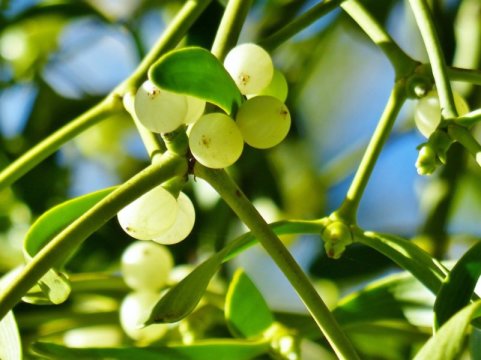
Mistletoe Shown To Be Unique: It Doesn’t “Breathe”
Most people know mistletoe (Viscum album) primarily as a plant to hang up and kiss under at the holidays. But in its natural environment, mistletoe is a hemiparasite (a parasitic plant that is capable of some photosynthesis), latching onto trees and extracting water and nutrients from them. Now, two independent studies reported in Current Biology on May…
-
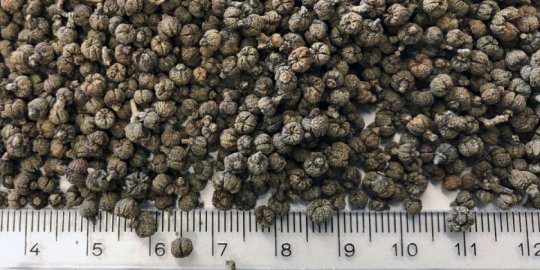
Herbal Does Not Equal Harmless: One Traditional Remedy’s Dangers Revealed
The authors of the study, therefore, call for increased vigilance regarding possible toxic effects of Evodia preparations. “The popularization of medicinal plants from other cultures entails risks. These plants can contain highly active substances with side effects, as in the case of Evodia. A closer examination of such risks is therefore indispensable to protect the…
-

It May Require Gene Sequencing To Get Roses To Again Smell So Sweet
Although the rose genome has been mapped before, a newly published version is far more complete, indicating which genes tend to travel together — scent and color, for instance — and which genes are responsible for continuous blooming, among other traits. (Click on title for full story.)
-
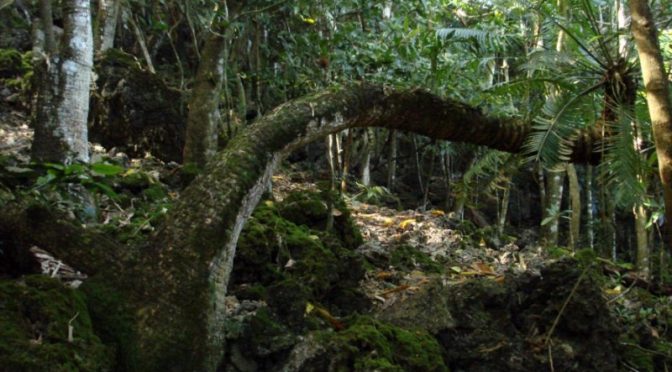
On Bird-less Guam, Invasive Animal Species Take Over Role Of Seed Dispersers
Pigs, featherless and flightless, might be one of the last seed dispersers left on the island to assist in forest regeneration. Particular to limestone forests, where pigs would be hard pressed to find places to wallow and root, this study found negative impacts from the presence of deer but did not detect negative impacts from…
-

Developing A Science-Based Approach To Cleaning Indoor Air Pollution With Houseplants
Indoor pollution poses a serious threat to human health. Plants represent a sustainable but underexploited solution to enhance indoor air quality. However, the current selection of plants suitable for indoors fails to consider the physiological processes and mechanisms involved in phytoremediation. Therefore, the capacity of plants to remove indoor air pollutants through stomatal uptake (absorption)…
-

The Mighty Oak First Arose In Northern Canada And Went On To Conquer A Hemisphere
It’s the national tree of the United States, Germany, and a dozen other countries—as well as the stuff of corks and fine wine barrels—yet little is known about where the North American oak tree came from. Now, biologists have pieced together the past of the most dominant species of oaks and come to a startling…
-
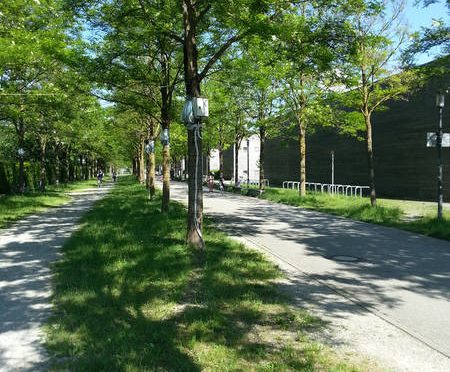
Trees Reduce Urban Heat. But Not All Tree Species Are Equally Effective
This was carried out on summer days with varying temperatures at different locations in Munich ,,, they selected two popular but contrasting urban tree species to analyze the complex interplay of location factors, current weather conditions, and tree type. In light of climate change, the focus was on the cooling effect on very hot days.…
-
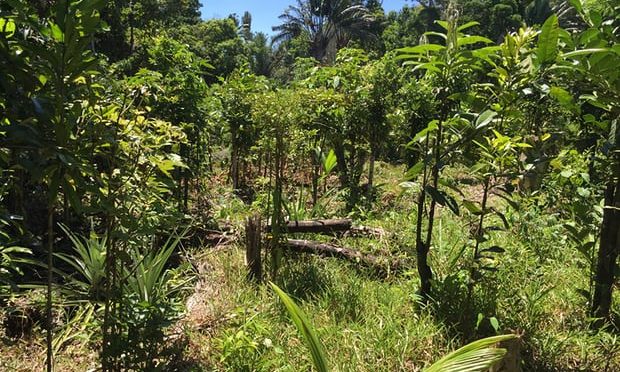
How Our Hunger For Vanilla And Rosewood Has Created Opportunity And Crime In Lawless Madagascar
From the capital Antananarivo, it takes a plane, a ferry, a gondola and two motorbike rides to reach this picturesque village. On the way, forest defender Clovis Razafimalala explains how the vanilla violence is a product of poorly regulated global markets, corrupt local politicians and a flood of cash from illegal rosewood trades to China.…
-

Any Logging Of Rain Forest – Even Selective Logging – Diminishes Fresh Water Fish Diversity
They found that fish diversity was decreased in all logged areas compared to within virgin forest, and that the time since logging did not affect the level of change. All logged regions suffered similar levels of losses irrespective of whether only select trees were taken or all of them, or whether the logging was recent…
